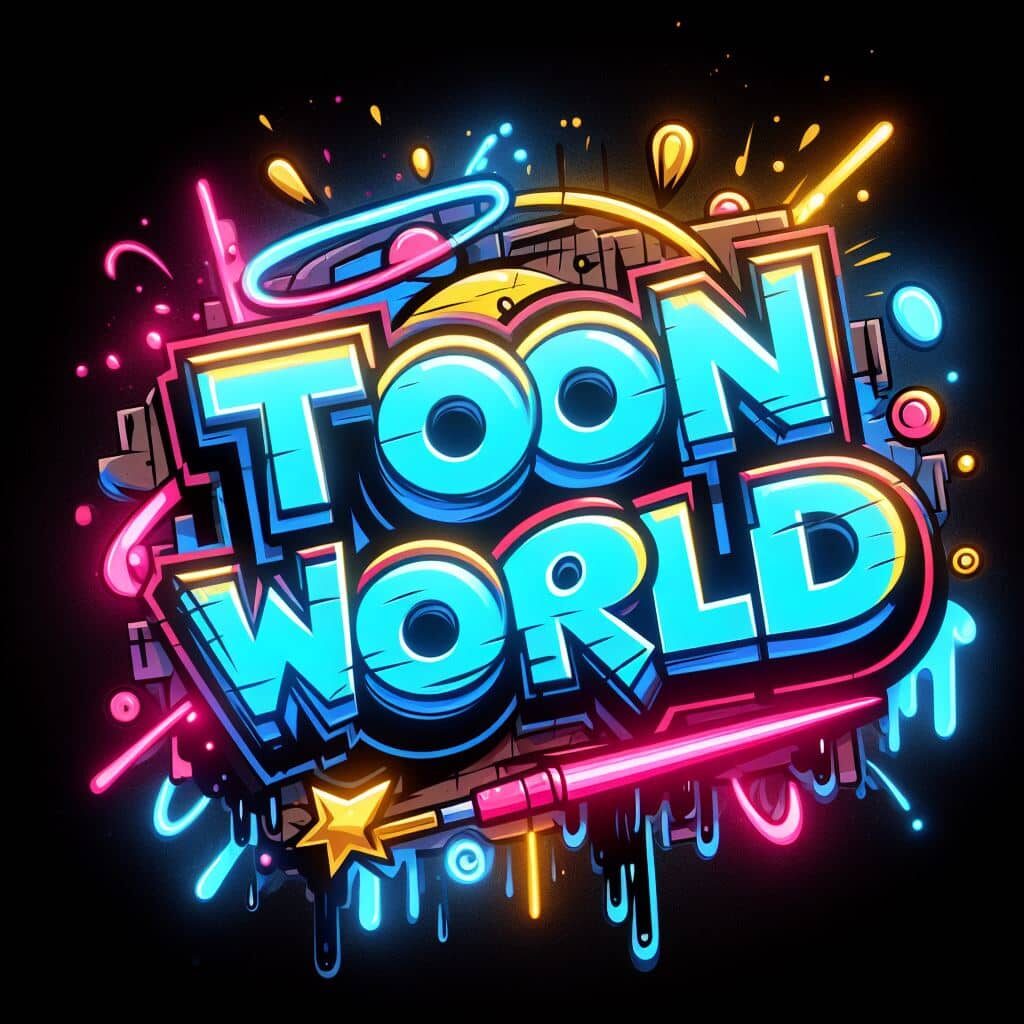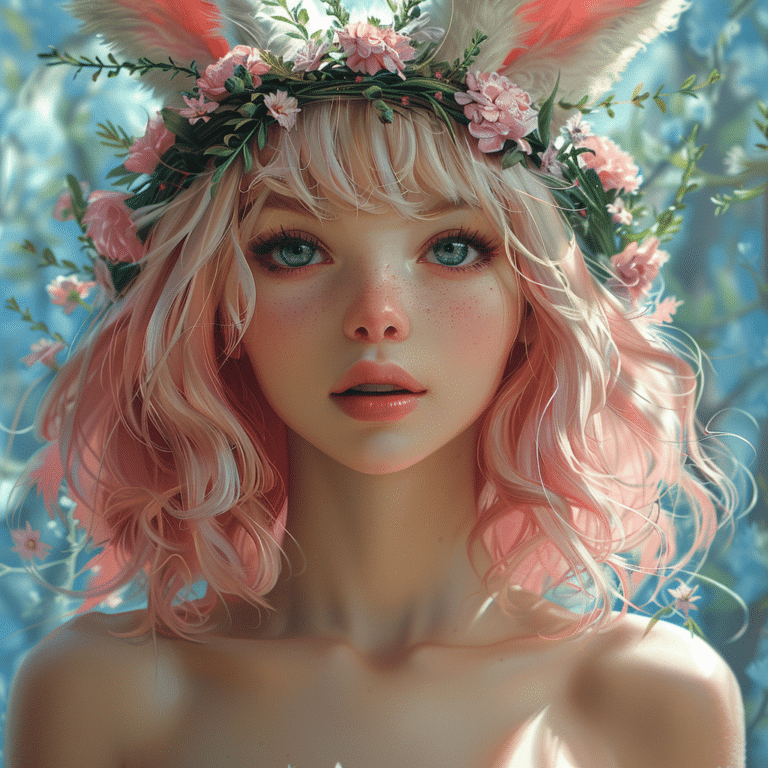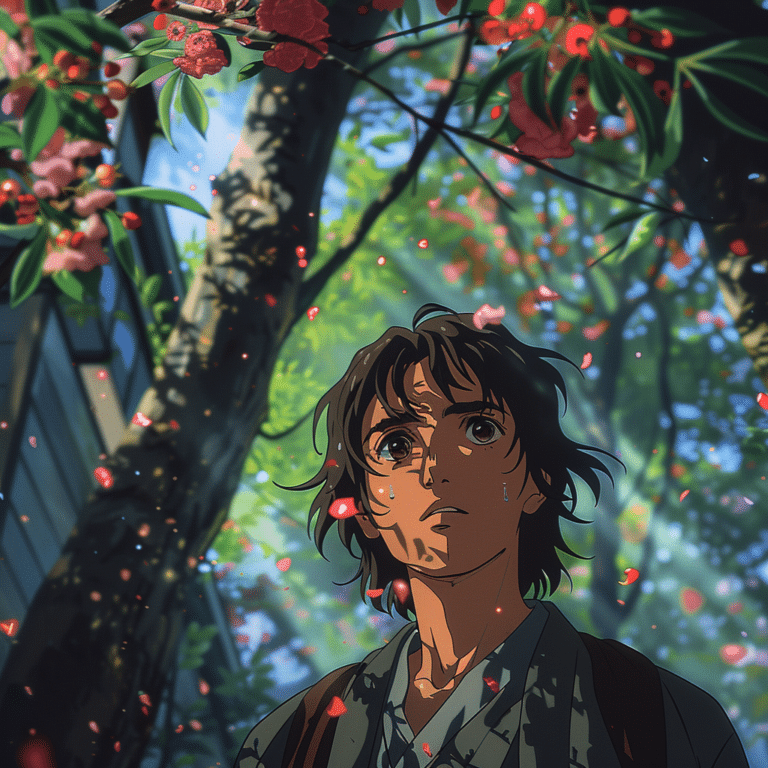Chunibyo and Other Delusions, also known by its Japanese title “Chuunibyou demo Koi ga Shitai!”, plunges into the intricate labyrinth of adolescence, imagination, and the unique impact of fantasies on everyday life. This anime series has captured the hearts of many—not just for its laugh-out-loud moments, but also for its insightful portrayal of the daily trials faced by teens. Let’s dive into the fascinating themes surrounding Chunibyo and Other Delusions, revealing how they resonate with viewers today.
7 Compelling Themes in Chunibyo and Other Delusions
At its core, Chunibyo and Other Delusions examines the teenage mind, offering a lens into the emotional rollercoaster of growing up. Each character wrestles with their identity, relatable to many who tune in. Take Yuuta Togashi, for example; his journey from “Dark Flame Master” to a more grounded individual reflects the struggle of finding oneself while dealing with peer pressure and societal expectations.
The series expertly balances two worlds—fantasy and reality. Characters like Rikka Takarada entertain imaginative escapades that sometimes blur the lines of what’s real. It sparks a conversation about escapism, revealing how fantasy can be a safe haven, yet a double-edged sword that can lead to isolation.
Loneliness often shadows adolescence, something Chunibyo and Other Delusions illustrates compellingly. Rikka’s struggle with social connections shows how her fantasies both protect her and hinder her ability to form friendships. As she learns to engage more meaningfully with her peers, viewers root for her, recognizing their own journeys in hers.
Who would have thought that love could blossom amidst the chaos of delusions? The courtship between Yuuta and Rikka isn’t just a comedic subplot; it unfolds beautifully, proving that relationships can indeed thrive despite the quirkiest circumstances. Their bond stands as a testament to the unpredictability of love.
The notion of ‘chunibyo’ doesn’t just reflect childish fantasies; it carries deeper messages about how teens cope with emotional pain. Each character’s escapism mirrors narratives found in shows like My Isekai Life, emphasizing the human need to invent alternate realities in the face of overwhelming challenges.
Woven throughout the story is the powerful theme of camaraderie. The friendships formed amidst the fantastical chaos demonstrate how shared experiences—no matter how outlandish—can forge lasting connections. This vibrant community showcases the importance of acceptance.
In the colorful world of chunibyo, creativity knows no bounds. Characters conjure vivid stories and personas, inviting viewers to appreciate the beauty of imaginative storytelling. This animated series isn’t simply entertainment; it serves as a canvas encouraging creativity in all its forms.

Cultural Impact: How Chunibyo and Other Delusions Reshaped Perspectives
Chunibyo and Other Delusions has transcended its narrative, establishing a profound cultural resonance. It has attracted a dedicated fanbase who feels a connection with the ‘chunibyo’ phenomenon. Tackling themes around mental health and personal struggles, the series has ignited important conversations in schools and among friends, promoting understanding and openness.
It shines a spotlight on the importance of acknowledging both the pitfalls and joys of living within one’s fantasies. This lighthearted exploration fosters discussions on mental well-being and the joyous acceptance of individuality. So often, society pushes a cookie-cutter mold on youth, but this anime trailblazes a path toward embracing unique quirks.
A Deeper Look into the Characters: From Delusions to Growth
The heart of Chunibyo and Other Delusions lies in its richly crafted characters, whose growth defines the series. Yuuta’s evolution—from a self-styled master of darkness to a thoughtful friend—captures the essence of maturing. His character arc elegantly illustrates how moving beyond childish delusions doesn’t mean abandoning imagination; instead, it’s about anchoring fantasies in reality.
Rikka’s journey accentuates self-discovery. Her struggle is not just about battling her delusions but learning to accept herself and, importantly, allowing others to accept her. Comparatively, series like Ikki Tousen, though enjoyable with its action-packed sequences, often overlook such emotional depth, falling short in eliciting relatable vulnerabilities.
These character transformations enrich the narrative, showcasing that growth often accompanies challenges, textured with humor and heartfelt moments.

The Legacy of Chunibyo: A Cultural Phenomenon
Beyond mere entertainment, Chunibyo and Other Delusions has emerged as a cultural phenomenon, artfully exploring the meeting of fantasy with reality. Its impact on the anime community is significant, paving the way for similar genres blending humor with emotional depths. Viewers find themselves inspired by the message that it’s perfectly alright to embrace one’s inner quirks and fantasies.
In 2024 and beyond, the legacy of Chunibyo and Other Delusions remains vital. It continues to encourage audiences everywhere to recognize their extraordinary worlds of fantasy and the integral role they play in shaping our identities. Whether it’s through the relatable struggles of a character grappling with loneliness or the sparks of romance in unexpected places, this anime resonates with timeless themes that remind us we’re not alone in our endeavors.
So, if you’re searching for a heartfelt exploration of adolescence intertwined with laughter and fantasy, Chunibyo and Other Delusions is your ticket to an unforgettable experience. Don’t forget to check out other series like My Melody and Jujutsu Kaisen, which have carved their own niche in the vibrant landscape of anime. You won’t be disappointed diving into these lively stories and characters!
Chunibyo and Other Delusions: Fun Trivia and Interesting Facts
The Nature of Chunibyo
So, what’s chunibyo all about? It’s that phase where kids, often during their middle school years, start imagining they possess special powers or scenarios that resemble epic fantasy tales. Believe it or not, this phenomenon isn’t just Japan’s unique quirk; elements of it pop up globally, akin to how various animated shows capture the essence of childhood imagination, like the whimsical charm found in the adventures of My Melody. For many, these fantasies can be a form of escapism, similar to how some adults delve into a gripping series like the Berserk book to escape their everyday lives.
From thinking they’re secret agents to believing in their magical destinies, these thoughts can be amusing. Interestingly, the phenomenon of chunibyo can be linked to pop culture, including characters from series like Tomo Chan that hit the mark on youthful daydreams. Chunibyo isn’t just a personal experience; it can be a gateway to friendships or conflicts, just like the tricky dynamics in sports, reminiscent of Monte Kiffin ‘s coaching strategies that aim to unite diverse personalities on a team.
The Creative Inspirations
When it comes to art and storytelling, the influence of chunibyo is undeniable. Creators often draw inspiration from their younger selves, taking cues from what they enjoyed as kids. This is why shows like “Chunibyo and Other Delusions” resonate with so many; it strikes that nostalgic chord that makes viewers recall their own fantastical escapades. Plus, it proves how storytelling can morph various experiences into relatable narratives, much like how people might bond over shared experiences, such as missing My Parents during transformative life stages.
On another note, have you noticed how animated series frequently throw in quirky side stories that sometimes poke fun at fantasy tropes? This clever approach is part of the charm that keeps audiences glued. Think about how Jjk anime also deconstructs familiar ideas—we love seeing characters confront their self-created myths, revealing the humor and chaos in their lives, akin to the way a character might accidentally stumble into a peculiar adventure, like a character running from an imaginary monster, say, Smartschoolboy9 Chasing kid.
Embracing Delusions
In the end, delusions of grandeur—and the sometimes hilarious, sometimes touching stories surrounding them—make up the open door to creativity. Just like how certain genres of storytelling, like in “Prince Caspian,” draw parallels between fantastical elements and the real world, “Chunibyo and Other Delusions” encourages the idea that everyone has their quirks and fantasies. And isn’t that a delightful way to embrace the ridiculous experiences we all have?
By connecting through these imaginative tales, the essence of chunibyo channels our inner child and fuses it with storytelling. Whether it’s through the magical moments of youth or the socially awkward escapades we all endured, recognizing these elements gives us a refresher of humor and insight, allowing us to cherish our individuality in a world dotted with extraordinary fantasies.















